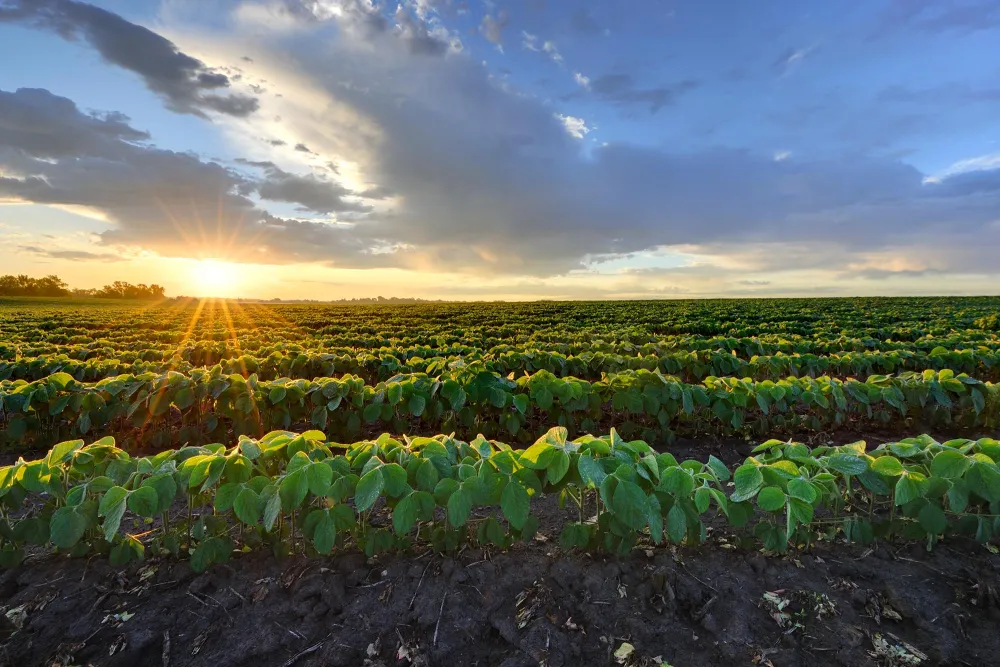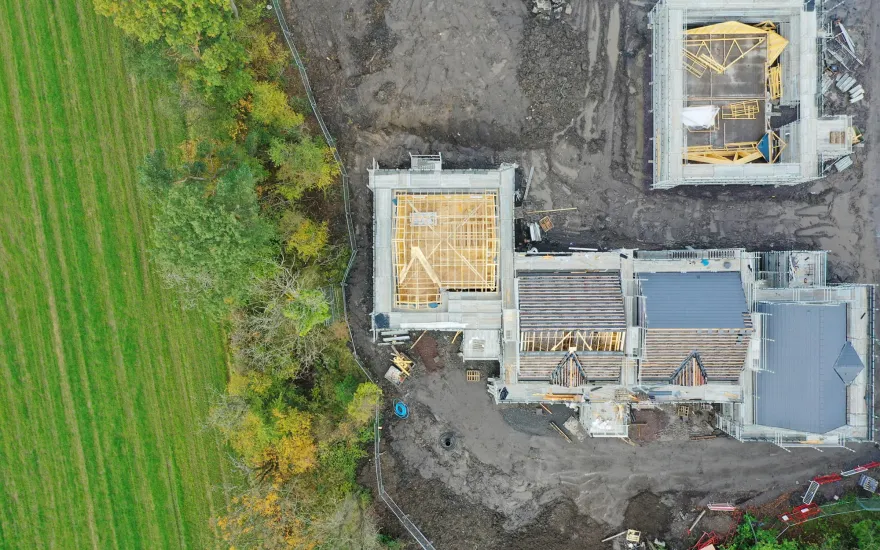Now live: The 2025 Canopy Report. Learn how Americans see trees. GET THE REPORT
Bulletin
How to Plant Field Windbreaks
The value of windbreaks has been proved in the decades since the first large-scale plantings in the 1930s dust bowl years. In addition to protecting valuable topsoil, windbreaks can also increase crop yields through increased soil moisture.

Save Soil, Improve Crop Yields
✔ Increase Crop Yields
In areas where hot, dry winds are a problem, crop yields can be increased as much as 20% for an entire field, including the area occupied by the windbreak.
✔ Retain Topsoil and Moisture
Fine soil particles will move easily in the wind when velocity exceeds about 13 miles per hour. Windbreaks can significantly reduce wind speeds for a downwind distance as much as 10 to 20 times the height (H) of the tallest trees. Field windbreaks also trap and retain moisture from winter snows, and by reducing the speed of hot summer winds, they slow the loss of soil moisture.
✔ Protect Winter Crops
Field windbreaks can provide protection from winter winds and trap snow for needed cover critical to winter wheat production.
Planting and Managing Field Windbreaks
Field windbreaks should be oriented at right angles to hot, drying winds to be most effective. Summer wind direction may be different than prevailing direction in winter. For maximum protection, windbreaks may be needed along more than one side of a field.
- One- or two-row field windbreaks can provide efficient wind protection.
- Select tall, fast-growing trees as the backbone of your windbreak. Smaller species, either alternating within a single row or forming a second row, will block wind flow closer to the ground.
- Windbreaks with a density of 40 to 60% provide better protection than a completely solid barrier.
- For maximum efficiency, the windbreak should be at least 10 times as long as its trees are high, without gaps, which tend to funnel wind through them.
- Keep the ground around the trees clear of weeds, especially in the first 3 to 5 years. Fence out livestock.
Remember These Tips:
Location in Relation to Fields and Roads Field windbreaks planted close to a road may produce unwanted drifts in winter. Conversely, windbreaks planted to protect against summer winds may produce unwanted winter shade for homes or livestock enclosures. Well-placed windbreaks can serve as natural dividers between different crops or other farming operations.
Leaving Natural Windbreaks
Old hedgerows, trees lining rivers and streams, and stands of native trees and shrubs can often serve as windbreaks or be incorporated into newly planted ones. Gaps in spacing and/or density can be filled in with new plantings.
Maintenance
Some supplemental plantings of trees and shrubs may be needed as the taller trees grow upward and lose lower branches that helped provide low-level density during early years. In low-rainfall regions or under drought conditions, drip irrigation or other supplemental watering methods may be needed, in combination with mulch.
